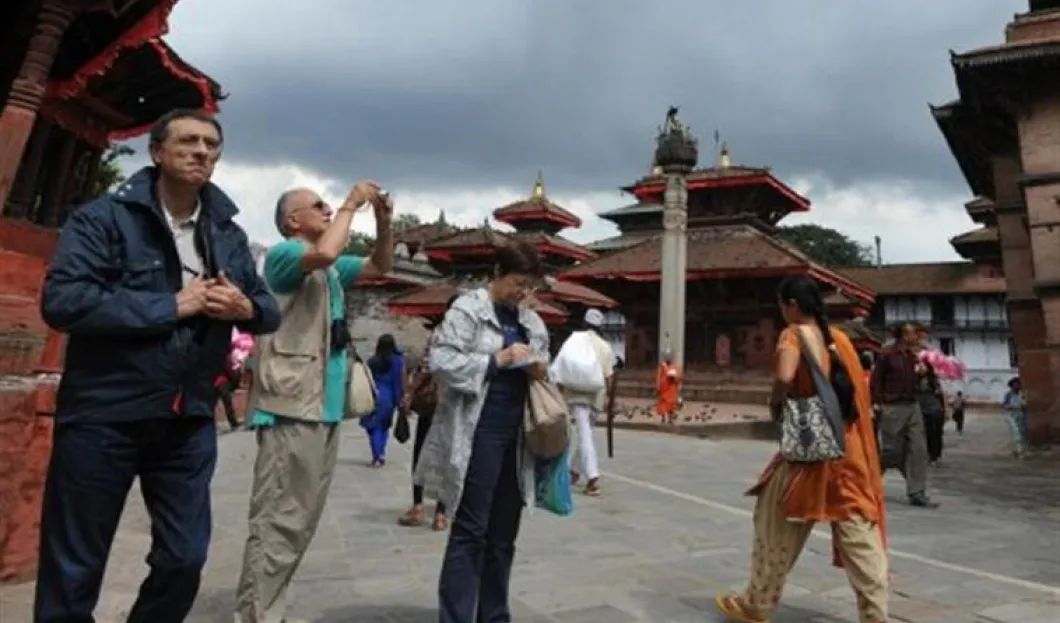
Nepal which was recently hit by one of the strongest earthquakes in history is now the victim of another important crisis: fuel shortage. The problem affecting the country as a whole has also taken its toll on the tourism industry which has had a hard time recovering from the catastrophic event that took place in early 2015.
The 7.8 earthquake left more than 9,000 killed and 3 million people homeless. On top of that, it demolished some of the most important historic sites in the country such as those located in the Kathmandu Valley and Kathmandu Dubar Square.
Nepali authorities state that the fuel crisis – which started about a month ago – was set off due to India ordering a fuel embargo leaving the country without this useful resource. Indian representatives responded that the reason for this phenomenon wasn't due to a fuel embargo but rather to the fear among truck drivers who are afraid to enter the country due to the social unrest mainly in Terai, Nepal's southern border. It is important to note that Nepal gets all of its fuel and petroleum-based resources from India. Right now, only Nepal's high class population can afford fuel and gas for their transportation and cooking needs accordingly.
Negatively impacting the tourism in Nepal, western governments have raised warnings advising their citizens to cancel their flights to the country which is on the verge of an economic crisis. The real reason behind the new fuel crisis seems to be the lack of representation in government affairs of two minority groups, the Tharu and the Madhesi, both of which reside in the Southern border and have earned India's support.
Things have become unbearable for the tourists in Nepal. Two of the most important historic sites, the Chitwan National Park and the Lumbini – the place where Buddha was born – have become red zones. Taxi fares have gone up almost 1000%, and restaurants are no longer operating due to the lack of gas. Some hotels report only 10% occupancy rate in contrast with the 90% rate expected during this time of the year. Since tourism in Nepal is an important source of income for the government, the current crisis only worsens the dire economic situation of the country.















